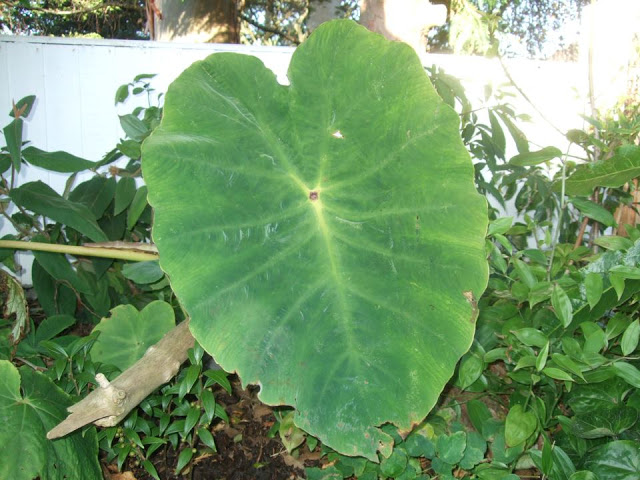Well spring still seems to be on hold in the UK as we are battered by the "Beast from The East" and Storm Emma. Somehow the two names don't really go hand in hand, I mean The Beast is a good description of the snow and cold weather we are getting but Emma? sounds a little more tame. However for parts of the UK bearing the brunt the weather is anything but tame.
Fortunately in our little corner the weather is not too bad, we have had a few drops o snow but nothing too significant. Roads and Travel has some disruptions but main routes are open, trains are running and most flights from the local airport are still running.
But with snow and tropical plants comes some interesting photo opportunities, the picture above is pretty much from the doors of the conservatory, most of the plants in the garden should be unaffected by the weather (the lowest temperature has been -7C / 19f, so cold but not too bad. The more tender plants are mostly tucked up in greenhouses, although theres the odd one that we had hoped would be fine still out. Lets see what happens when it warms up.




 This gardening blog follows our journey as we create our Tropical and Exotic themed garden. We hope you'll enjoy the journey as much as we do. We started our Exotic Garden in 2005 and this site will show its development, as well as our travels, both abroad and within the UK to gardens, nurseries and friends.
This gardening blog follows our journey as we create our Tropical and Exotic themed garden. We hope you'll enjoy the journey as much as we do. We started our Exotic Garden in 2005 and this site will show its development, as well as our travels, both abroad and within the UK to gardens, nurseries and friends.
